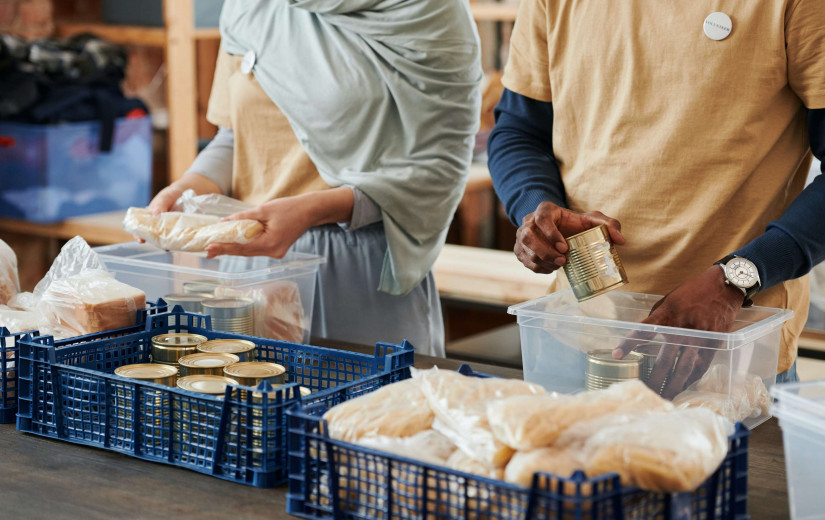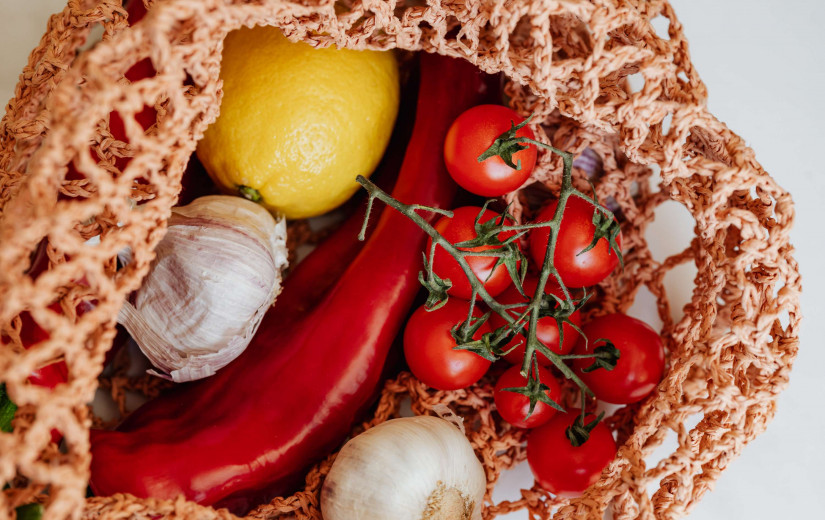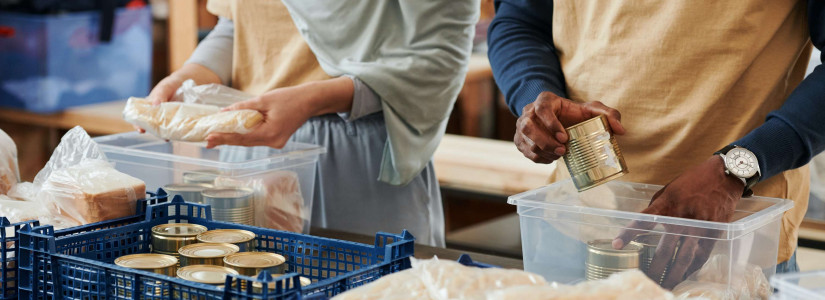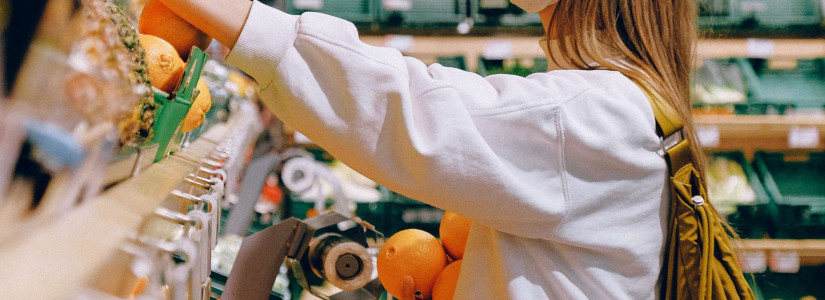This Food Stamp Benefit for Millions of Americans Expires in Early March
If you're one of the millions of Americans who use food stamps, it's essential to keep up to date with policies. Government regulations are always shifting, and laws that went into effect years ago can suddenly impact the number of groceries you get. As 2023 progresses, there are a few new changes that might affect your budget. Taking the time to learn about these changes can help you prepare for reduced funds and find better alternatives.
March Marks the End of COVID-Era Food Stamp Policy
During the pandemic, the government pushed through a SNAP expansion to help the millions of people who lost their jobs. Since March 2020, households have been eligible to get the highest possible level of SNAP assistance regardless of their income. However, as the economy slowly recovers from the pandemic, this and many other relief programs have come to an end. In December, Congress passed a bill that would start phasing out the extra pandemic relief.
There have been many gradual changes such as some states reducing food stamp benefits on a local level. March of 2023 will mark the biggest change yet. Starting on March 1, all emergency SNAP allotments will be canceled. Anyone in the SNAP program will go back to receiving food stamps based on their income level instead of getting a flat rate based on SNAP's highest possible allotment.
Millions of Americans Will Lose Hundreds of Dollars Worth of Stamps
How many benefits will people lose due to these changes? This will mostly depend on your household's size and income levels. If you are already eligible for the highest level of SNAP benefits, there might not be a change. However, if you are usually on a lower tier of benefits but have been getting the extra payment, there will be a noticeable decline in payments. People who are eligible for the lowest tier of payments will go from getting around $281 a month to just $23 a month.
Analysis of current SNAP benefits shows that 16 million households will be affected by this change. For many of these households, the reduced payment will mean several fewer meals worth of food each month. HuffPost reports that the average amount of benefits people lose in the change will be $82 per person.
Food Stamp Expiration Coincides With Record-High Grocery Prices
Unfortunately, this expiration date comes at the worst possible time for many people. Between December 2021 and December 2022, food prices increased by roughly 12%. Runaway inflation combined with some supply chain issues has caused drastic hikes in grocery costs. Most financial analysts don't expect these costs to calm down any time soon either. They predict that 2023 food prices will increase by a further 7% in the upcoming year.
For people on a shoestring budget, these costs can be devastating. The same pack of eggs that cost $3 a few months ago has more than doubled in price. Inflation is particularly high for eggs, dairy, meat, and other items eligible for SNAP benefits.
For example, Simone Parent, a 56-year-old woman with medical disabilities, lives on just $11,000 a year. She says that the SNAP reduction will mean she has $40 less per month to spend on groceries. Parent hopes to find food banks and other means of relief, but she is worried that these charities will be overrun by many other people in similar positions. She says, "We don't know how we're going to make it. We barely make it now."
Alternatives for People Affected by the Policy Change
If you're one of the many people affected by this change, what are your options? Start by checking with your local food stamp office. They can assist you with determining exactly how much the SNAP expiration will affect you. Keep in mind that your upcoming benefits will depend on your income and expenses, so be sure to keep a close record of all your finances. Being able to prove things like excessive rent expenses can help you show that you need to keep receiving the highest tier of SNAP benefits.
These changes to SNAP can definitely sound scary, but keep in mind that there are many other food assistance options. In addition to federal SNAP benefits, there may also be some state and local programs you can get help from. Signing up now will ensure your benefits start as soon as possible. Though the reduced benefits will be a major hardship, preparing for them now can help make the transition a little easier.

















